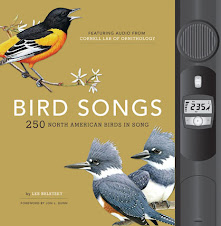Canadian Goose
Canadian geese are very common in North America. Wild Canadian geese migrate. Sometimes, Canadian geese that live in cities stay year round, but some that live in cities migrate south. They eat grass, seeds, and berries.
Geese go to the same place to build their nest every year. They build their nest with their mate and they stay with their mate for life. If some other goose tries to get in their nest spot, the geese will fight for it using their strong wings and other strong parts. Once the nest is built, the female will lay her eggs. The males don’t ever sit on the eggs, but t
hey protect the eggs and the female. When the female leaves to go get some food, she covers the eggs with a soft layer of downy feathers.
When the babies hatch, they are yellow. The babies are called goslings. The mother has to shield them with her feathers when it’s rainy or cold because their downy feathers aren’t waterproof, but her feathers are because she’s an adult.
After their goslings are born, Canadian geese cannot fly because they lose their flight feathers. They grow back after five to six weeks.
Hunters are the biggest threat to geese. If one gets shot, its mate flies away from the hunter and checks on its mate. It sometimes gets shot, too, cause hunters know that so they sometimes go back. The mate goes back to check because they mate for life, and they want to be with their mate.
This is me with my friend Chris' geese.

Their call sounds like, “honk, honk, honk, honk!” “Cucka, cucka, cucka, cucka!” “Cackle cackle cackle.” They also snore. They call more when they fly than when they’re on the ground. They have thirteen different kinds of calls.




No comments:
Post a Comment